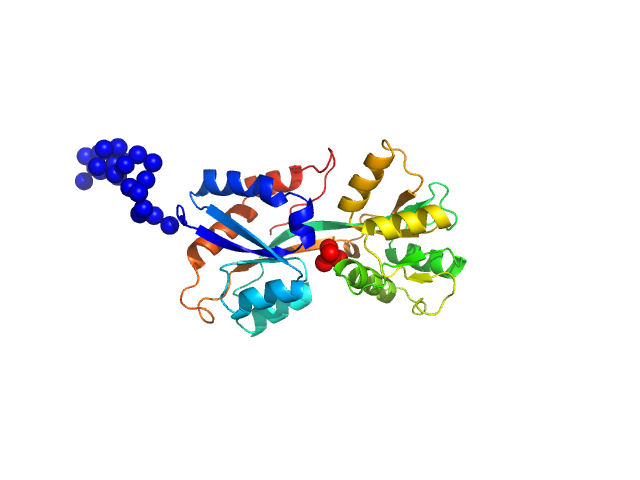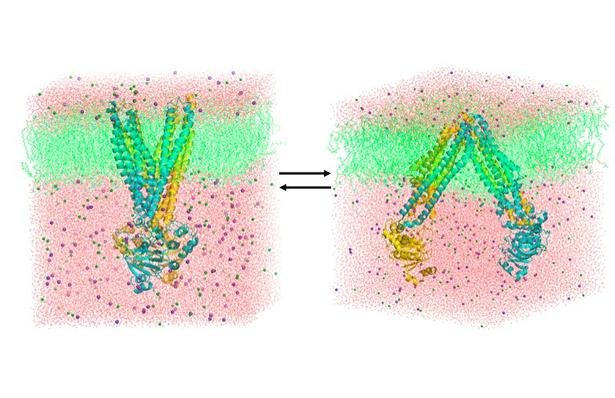

Further examples include cystic fibrosis and adrenoleukodystrophy. A known hereditary disorder resulting from defects to ABCB7, the human orthologue of yeast Atm1, is the iron storage disease XLSA/A (X-linked sideroblastic anemia and cerebellar ataxia). In addition, gene mutations leading to the expression of non-functional ABC transporters are the causes of various metabolic diseases. ATP Binding Cassette (ABC) Transporters are ATP-dependent membrane proteins critical for most aspects of cell physiology, including the uptake of.

These protein-rich smoothies are designed to fuel grueling workouts or help muscles recover. g., in multidrug resistance of pathogenic bacteria and in the pharmacokinetics of cancer therapeutics. She is also the host of Good Food Friday on ABC News 4. Truncation mutants of yeast Atm1 further indicate that the C-terminal helices stabilize the dimer but are not required for closure of the NBDs, which complements previous in vivo data of Roland Lill’s group in Marburg.ĪBC transporters have gained considerable medical, industrial and economic importance as they play a major role, e. The identified interactions of the C-terminal helices are conformation-specific. Thereby, new insights into the stabilization of the yeast Atm1 dimer through its C-terminal helices and into their relative movement during the transport cycle are demonstrated. We were able to identify a hydrophobic region on the C-terminal helices that is unique among type IV ABC transporters with known structure" said Thomas Ellinghaus of the Max Planck Institute of Biophysics. The occluded conformation with the bound ATP analogue AMP-PNP showed close association of the two NBDs, a rearrangement of the C-terminal helices, and closure of the putative substrate-binding cavity in the homodimeric transporter.

"We found that the inward-open structure closely resembles the crystal structure of nucleotide-free apo-Atm1. The cryo-EM structures characterize the ABC transporter Atm1 in a nanodisc environment that mimics the native lipid bilayer. The energy for substrate transport is provided by ATP (adenosine triphosphate) hydrolysis at the nucleotide-binding domains (NBDs) that form the ABCs.Ī team of scientists from the Philips University Marburg and Max Planck Institute of Biophysics in Frankfurt am Main have investigated an ABC transporter of yeast in more detail. ATP-binding cassette (ABC) transporters constitute one of the largest and most ancient protein superfamilies found in all living organisms. The ATP-binding cassette (ABC) transporters form a large family of transmembrane proteins that utilise the energy from the hydrolysis of ATP to facilitate. ABC transporters are membrane proteins that contain an ATP-binding cassette (ABC) as a common structural element and are involved in active transport processes across cellular membranes. The ABC transporter superfamily constitutes one of the largest known protein families, and its members are found in all kingdoms of life.


 0 kommentar(er)
0 kommentar(er)
